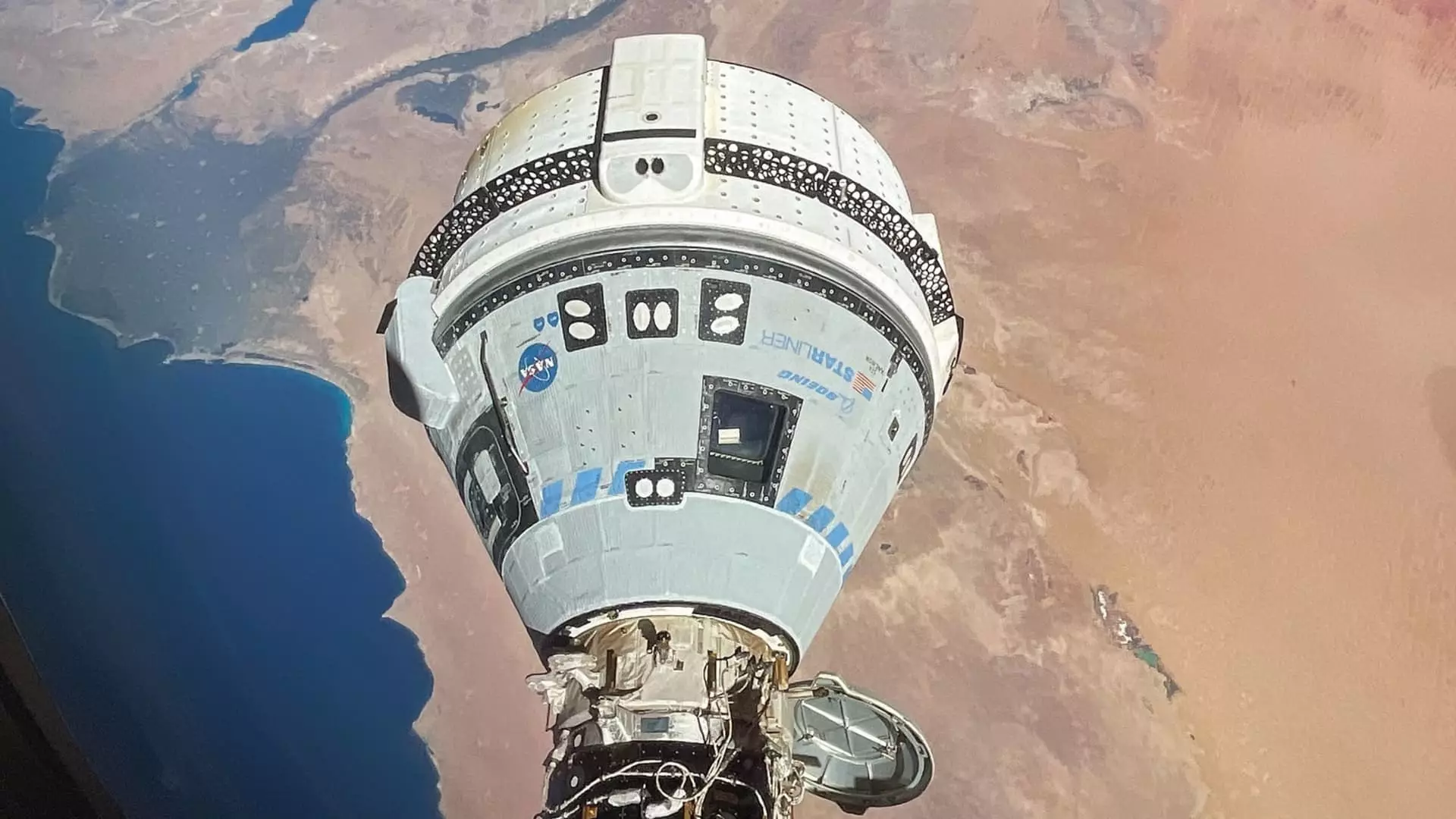NASA and Boeing have announced an extension of the first crewed flight of the Starliner capsule, named “Calypso,” at the International Space Station. This extension is aimed at conducting further testing on the spacecraft’s thruster technology at White Sands, New Mexico. The crew flight test carried out by Boeing represents a significant milestone as it is the first time Starliner is transporting NASA astronauts Butch Wilmore and Suni Williams.
The decision to extend the stay of Starliner at the ISS comes as Boeing and NASA work on replicating in-flight conditions on the ground to gather more data about the spacecraft’s performance, particularly its thruster system. The testing is expected to take a couple of weeks before a new target date for the return of the capsule can be determined. Despite the extended stay, officials have reassured that the spacecraft is safe to return at any point in case of an emergency.
Comparison with SpaceX’s Dragon
Starliner, which was once considered a competitor to SpaceX’s Dragon, has faced setbacks and delays during its mission. This has led to it being positioned as a backup to SpaceX for NASA’s future crewed missions. SpaceX’s Dragon has completed 12 crewed trips to the ISS in the last four years, showcasing a higher level of reliability compared to Starliner.
Ground Testing and Safety
The ground testing at White Sands is crucial to examining the thruster system of Starliner, especially after encountering issues while approaching the ISS. The goal is to ensure that there are no anomalies in the thruster’s performance before planning for the spacecraft’s landing. Despite the delays, officials from both NASA and Boeing have reiterated their confidence in the safety of Starliner, emphasizing that the decision to delay the return is to gather more data during an experimental mission rather than to address a critical problem.
The crew flight test of Starliner represents a crucial step towards NASA certifying Boeing to fly crew on operational, six-month missions. While the current mission has faced challenges, it serves as a learning opportunity to improve the spacecraft’s performance for future endeavors. Both NASA and Boeing remain committed to ensuring the safety and success of the Starliner program, even as they encounter unexpected hurdles during the mission.
The extended stay of Boeing’s Starliner “Calypso” at the International Space Station highlights the complexities of crewed space missions and the importance of thorough testing and evaluation of spacecraft systems. Despite the delays and setbacks, the collaboration between NASA and Boeing continues to pave the way for future crewed missions to space, showcasing the dedication and resilience of the space exploration community.

